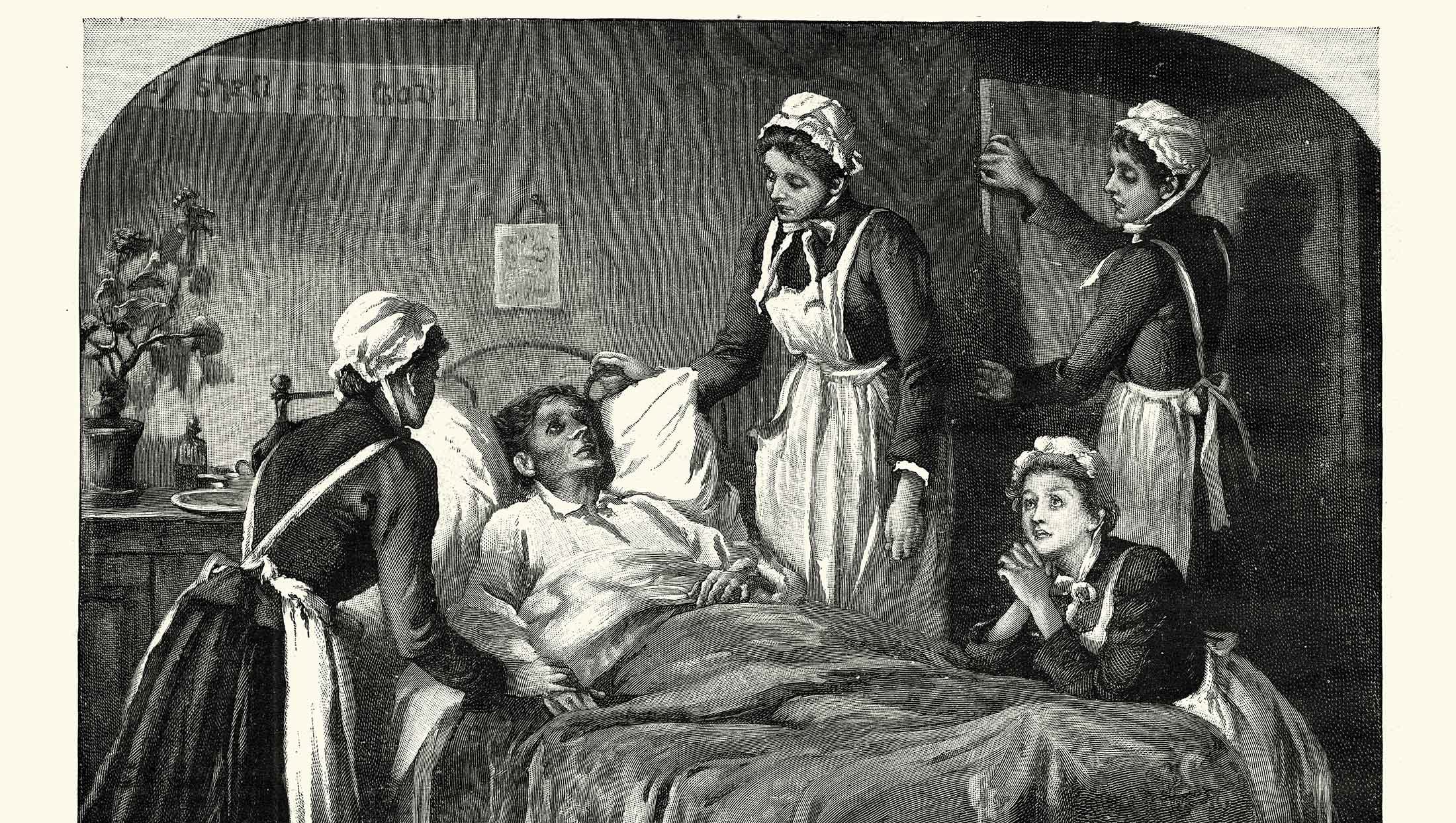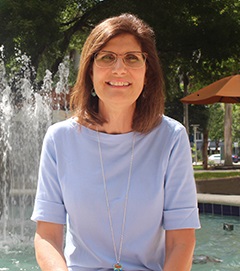TB: An Ancient Illness that Still Causes Problems

Long before COVID-19 entered the public health square, there was another dangerous pathogen. Tuberculosis (TB), an infection caused by mycobacteria, has long been the world’s most fatal infection.
“People think tuberculosis is a disease of the past, but it’s still very much around,” says Rene Rico Tresgallo, M.D., a critical care specialist in pulmonology with the University of Miami Health System.
“It is estimated that one-third of the world population has been exposed to the TB bacteria.”
Not everyone infected will develop active disease, Dr. Rico Tresgallo points out.
Ninety percent of patients with latent TB may go on to live without any signs or symptoms of the infection and do not risk spreading TB to others. But TB can multiply and become active in 10% of patients — usually those immunocompromised from conditions such as malnutrition, diabetes, HIV, malignancy, and immunosuppressing drugs.
TB cases in the U.S. dropped by about 20% in 2020 and stayed 13% lower in 2021, according to the U.S. Centers for Disease Prevention and Control. But, as Dr. Rico Tresgallo warns, these figures may be misleading.
In pre-pandemic times, TB cases typically declined between 1% to 2% a year.
“The COVID pandemic most likely delayed TB diagnoses,” he adds. Wearing masks and distancing may also have reduced the spread.
Nonetheless, TB remains a serious threat. In 2020, an estimated 10 million people contracted tuberculosis worldwide, and about 1.5 million people died of the disease, according to the World Health Organization.
In Florida, there were about 500 cases in 2021, according to the state health department. Neither Miami-Dade nor Broward had the highest per capita rate — DeSoto county claims that dubious honor — but in real numbers, Miami-Dade accounted for 20% of the state’s cases, with 103. Hillsborough was a far second, with 60 cases.
And while deaths remain rare in the U.S., the danger of disease spread still lurks, particularly among certain at-risk groups.
“We have a very diverse population,” Dr. Rico Tresgallo says. “Many [patients] are from South America, Central America, Haiti, where TB is more common.”
According to the CDC, TB is eight times more common among African Americans and nine times more common among Hispanics than non-Hispanic whites.
The good news is that TB is treatable and curable. In the U.S, the majority of patients with active TB can be treated with a standard six-month drug regimen, one that has been used for the past 50 years.
However, TB “has proven to be very good at changing, adapting, mutating,” Dr. Rico Tresgallo says.
The result? Multidrug-resistant (MDR) TB.
For those who have MDR TB resistance to Isoniazid and Rifampin, a new all-oral regimen has been implemented in recent years with encouraging results.
So far, 80 patients at UHealth have undergone this treatment.
“We’re still gathering data, but the regimen is very promising,” he says. “We have fewer side effects and higher survival rates.”
Some cases are very complex and require prolonged hospitalization. For example, Dr. Rico Tresgallo sees patients at the TB inpatient unit at Jackson Memorial Hospital, namely because these patients have serious co-morbidities – cancer, kidney disease, HIV — and must be closely monitored.
The good news is that we are learning more about how to cure complicated cases of TB.
In a pair of studies published in PLoS Biology, researchers revealed an array of genes associated with drug resistance in the bacterial infections of more than 12,000 patients from Asia, Africa, South America, and Europe. They also discovered that the degree of resistance to first-line treatment drugs might be due to the mutation itself.
“We’re moving in the right direction,” Dr. Rico Tresgallo says of the latest findings. “This may further help doctors determine the course of treatment.”

Ana Veciana Suarez,
Columnist
Ana is a regular contributor to the University of Miami Health System. She is a renowned journalist and author who has worked at The Miami Herald, The Miami News, and The Palm Beach Post. Visit her website at anavecianasuarez.com or follow @AnaVeciana on Twitter.
Tags: disease control and prevention, Dr. Rene Rico Tresgallo, mycobacterium tuberculosis, tb drugs, tb treatment, tuberculosis infections
